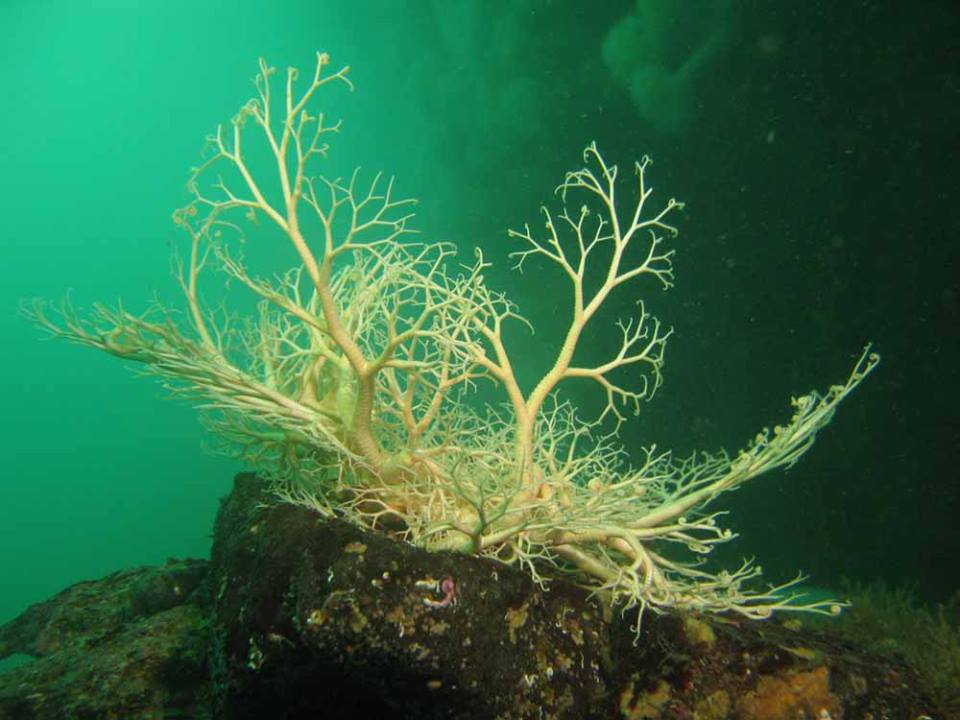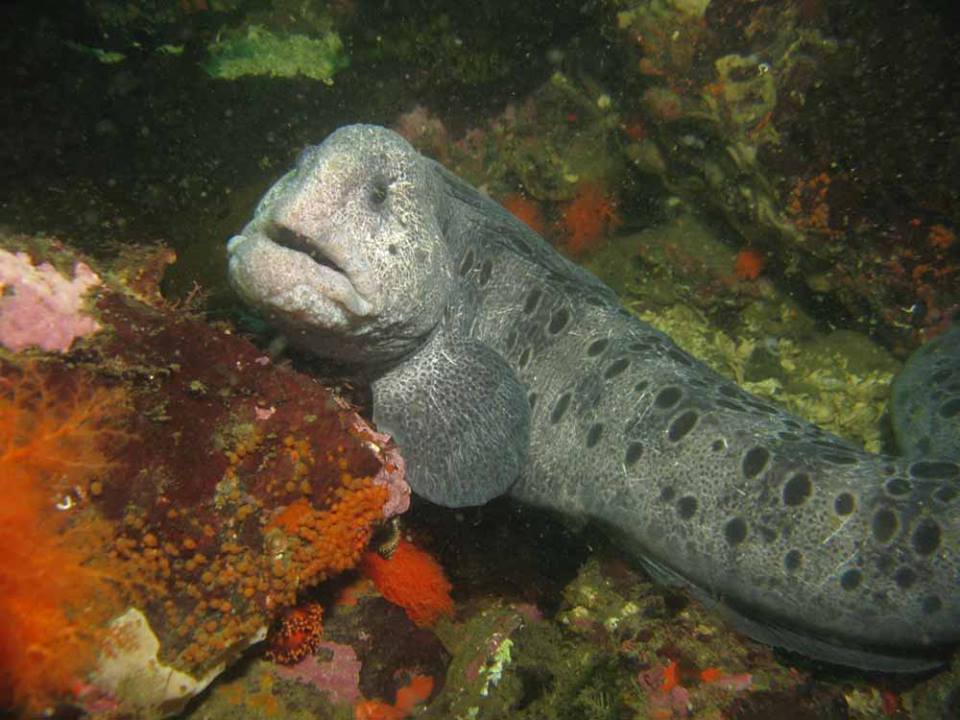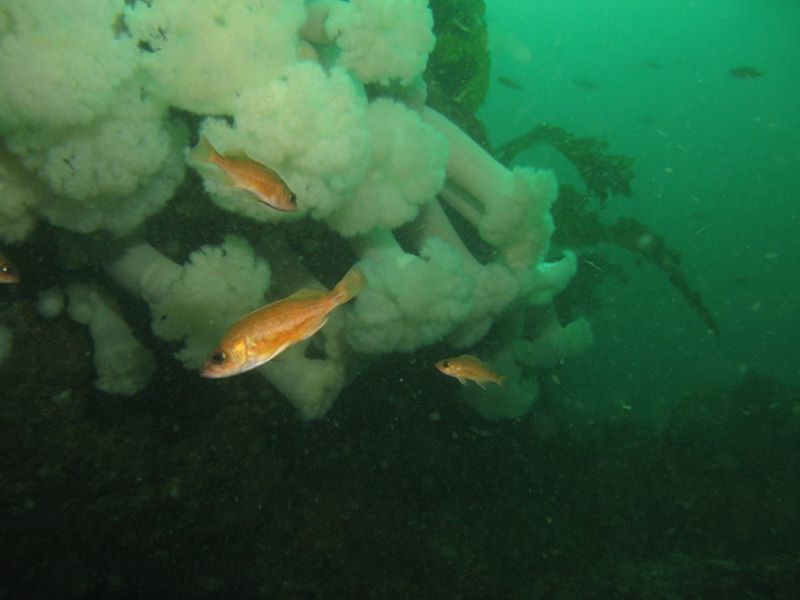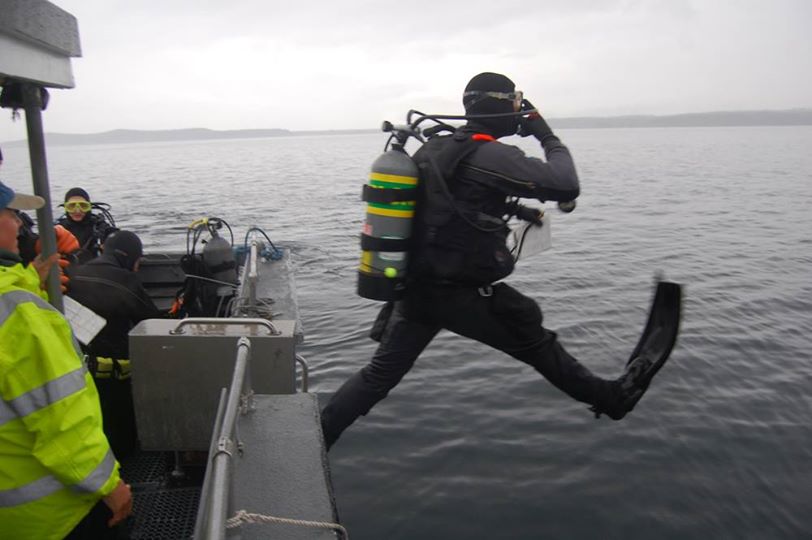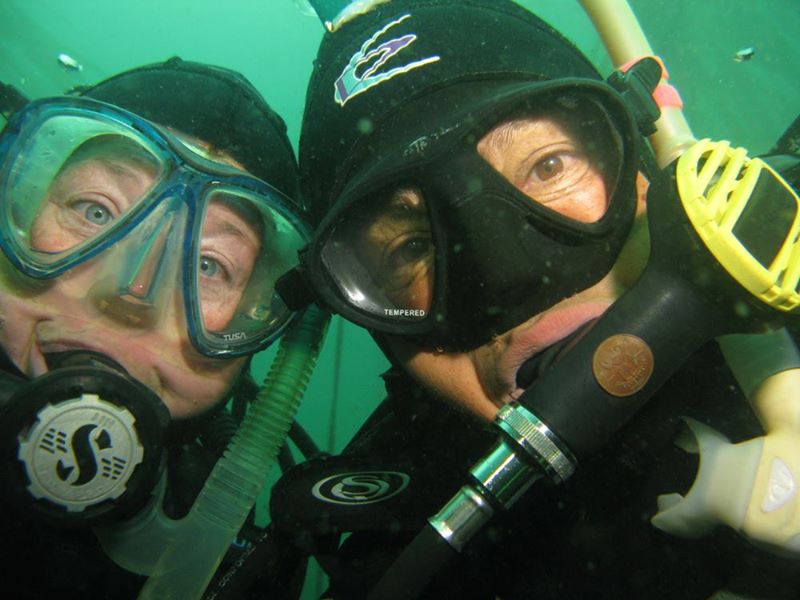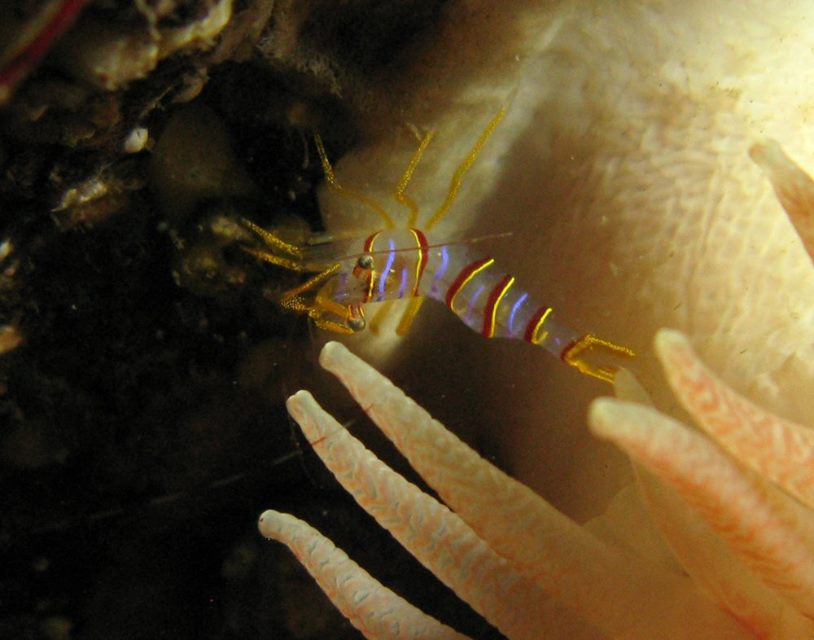Photos by Janna Nichols / REEF
The subtidal area is one of the least known parts of the Salish Sea. It's a fantastically colorful and complex place seen only by SCUBA divers and scientists. This is why we partnered with Reef Environmental Education Foundation (www.REEF.org) last year to use trained volunteer divers to keep an eye on what is happening below the water.
So how long does it take to see dramatic changes in subtidal areas?
Turns out a year is enough.
When we first started this subtidal monitoring project in 2013 we anticipated we might have enough data to see changes after 8 or 10 years.
But last October our dives took place just before the now-infamous sea star die-off. At some of the sites where we collected data, divers might have seen on average 20-30 sunflower sea stars. When we re-visited these sites last week, they were mostly gone. Seeing just one was cause for conversation, especially if it was healthy.
Of course, not all the changes were so pronounced, but that doesn't mean the data aren't valuable. Our goal is not only to study changes, but also to document current conditions so that future scientists will have a scientifically-rigorous baseline for understanding potential future shifts in our local environment. Wouldn't it be nice if we had this kind of data from the 1960s?
This year, our team of REEF-trained Advance Assessment Team expert divers returned to 7 sites we surveyed last year, and added 3 new sites. By the end of ten years, we'll have long-term data on up to 20 representative sites around the region. Super cool!
Ever want to get a glimpse of the cool creatures that make the Salish Sea a world-wide mecca for cold water divers? Check out more pictures on the REEF Facebook page.

